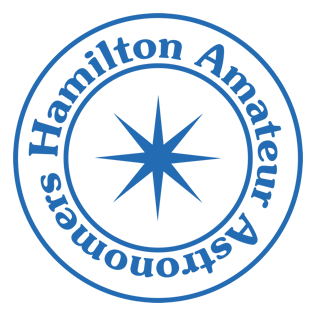It’s that time of year again when IDA (international Dark Sky Association) and NOAO (National Optical Astronomy Observatory) at Kitt Peak team up with their partners and people like you to determine how dark our skies are (or aren’t).
“With half of the world?s population now living in cities, many urban dwellers have never experienced the wonderment of pristine dark skies and maybe never will. Light pollution is obscuring people?s long-standing natural heritage to view stars. The GLOBE at Night program is an international citizen-science campaign to raise public awareness of the impact of light pollution by encouraging everyone everywhere to measure local levels of night sky brightness and contribute observations online to a world map. All it takes is a few minutes to participate between 8-10 pm, March 22 through April 4. Your measurements will make a world of difference.”
It’s a pretty simple exercise. You go out at night, record your location and time, count how may stars you see in Leo, and file the info on their website. Globe At Night. You don’t even need to head out to a dark sky location. It can be done from your backyard or balcony.
There’s lot of information at their website about how to do the experiment, and learn more about light pollution. It includes charts to find your exact latitude and longitude.
Become a citizen scientist and record your count, plus it’s a fun excuse to look up.
